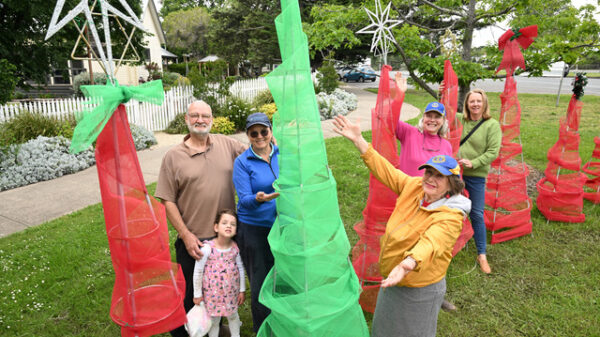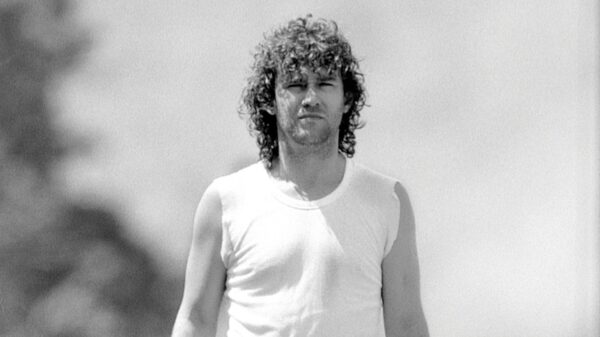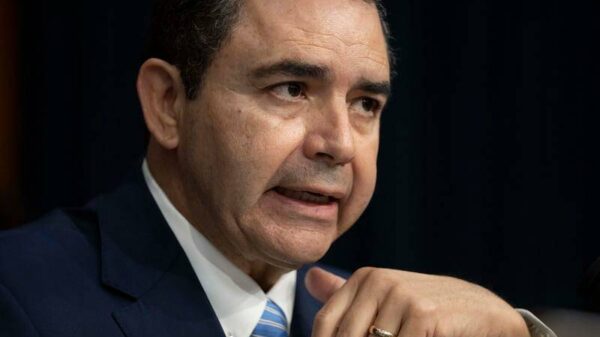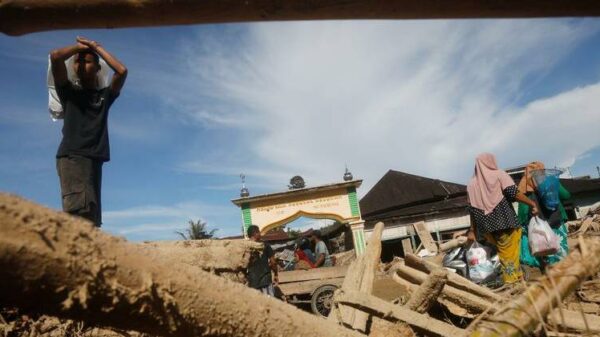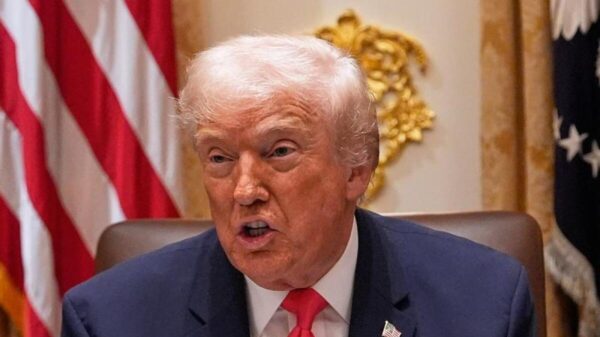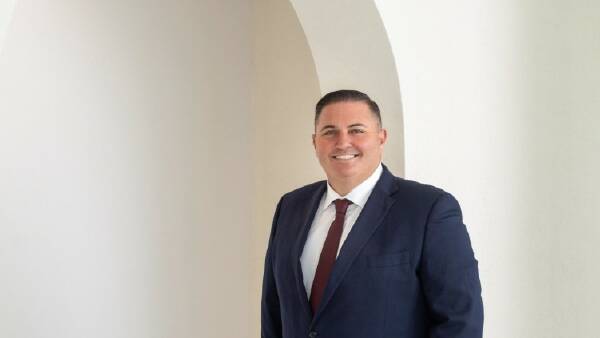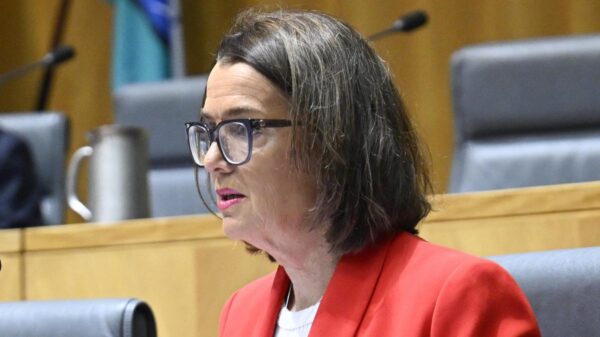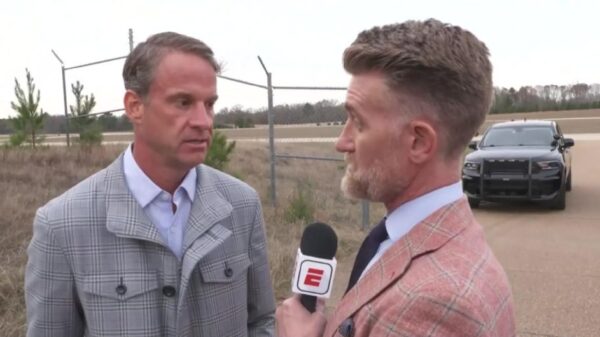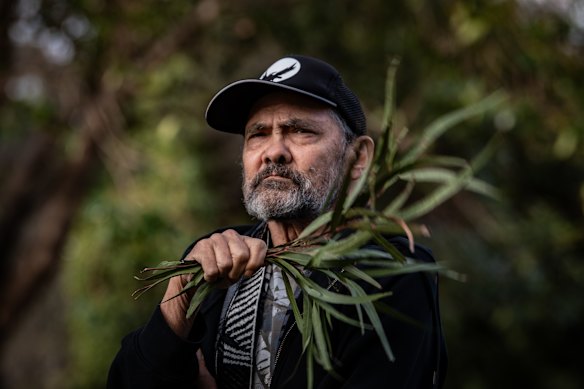Indigenous leaders, including Uncle Robbie Thorpe, are advocating for improved access to a significant burial site at Kings Domain in Melbourne. This area, which has served as a ceremonial space for tens of thousands of years, became a resting place for the remains of 38 Indigenous people in 1985, repatriated from the Museum of Victoria. Despite its historical importance, the site remains largely inaccessible, particularly for elders and those with mobility challenges.
Historical Significance and Current Challenges
The Kings Domain Resting Place, located adjacent to the Botanic Gardens, is marked by a granite rock and a small bronze plaque that is often overlooked by passersby. According to Thorpe, a member of the Gunaikurnai Nation, the site’s hidden nature reflects broader issues concerning the visibility and acknowledgment of Indigenous history in Australia. “It’s sort of symbolic of what’s happened to Aboriginal people in this country,” he stated. “It’s out of sight, basically, and out of mind.”
Access to the burial ground is further complicated by its steep terrain. Thorpe highlighted that those in wheelchairs face significant barriers, stating that they have “no hope” of visiting the site. This lack of accessibility has led to calls for the area to be recognized not only as a burial ground but also as a ceremonial space that honors Indigenous culture.
Proposed Solutions for Improved Access
In response to these challenges, advocates have collaborated with the architectural firm Fender Katsalidis to develop a proposal aimed at enhancing access to the burial site. The plan includes a curving walkway to facilitate easier entry, the establishment of a permanent space for ceremonial fires, and the introduction of Indigenous plantings to enrich the landscape.
This initiative seeks to foster a greater understanding and respect for Indigenous heritage while ensuring that all community members, including Indigenous elders, can visit and pay their respects. The proposed changes are designed not only to improve accessibility but also to create a space that reflects the cultural significance of Kings Domain.
As discussions continue, Thorpe and other advocates remain committed to ensuring that this vital part of Australia’s history becomes more visible and accessible. Their efforts underscore the importance of recognizing and honoring Indigenous Australians’ connection to the land, a connection that spans millennia.



